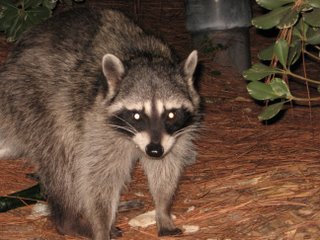
I sketched this for my little sister Laetitia, because currently, she and I are in an art exchange programme and we send each other sketches and drawings and colourings across continents. When I was drawing this, I was thinking about how the image fitted an idea that I am reading about in my Culture, Art and Technology module: how as children, our capacity for wonder is tremendous, but as we grow up, we become more jaded and less impressed by nature's wonders. Then I remember a person I met who never 'grew up', but in a good Peter-Panish way. Maybe not all physicists think like this, but I think physics is beautiful and elegant, and that if we can describe all the world in the language of mathematics, it would be wondrous. So maybe I have 'grown up', but I've not given up looking for wonders; I'm just looking in different places.
I came across an oddity in Warren College. A row of trees on the lawn, all of the same variety, and all perfectly healthy except for the last one in the row, which has lost almost all its leaves. It did seem strange. (Thanks Jimmy, for pointing them out!)
Since I'm studying human evolution and the extinction of so many sub-branches of hominids due to possibly very small factors that caused a differential selection pressure, I was reminded of a model of birth rates and death rates made by anthropologist Ezra Zubrow, who offers an explanation for the extinction of H. neanderthalensis. Zubrow suggests that the disadvantage of having a slightly higher death rate than that of contemporary Homo sapiens could have meant that Neanderthal populations dropped below replacement production levels. "This superiority may be as paltry as a one percent difference in mortality, and the extinction may be as rapid as 30 generations. In other words, Neanderthals could have become extinct in a single millenium." I was thinking about Zubrow when I saw this tree.
I am very interested in anthropology, and I thought for sure I would take a course on anthropology and human evolution for winter, but recently, I have come across and and even more exciting field: cognitive science, the study of the mind, computing, and behaviour. Apparently, cognitive science is HOT in UCSD. So I'm definitely taking cognitive science instead of anthropology, for winter 2007. Sorry, anthropology, maybe in 2008...
Currently for fall, I'm doing 21 credits, when the average student here does between 12 and 16 credits. For winter, I'm going to try 28 credits, to see how it feels. Some people think I'm crazy, but I just want to push myself and learn as much as I can. Anthropology, philosophy, cognitive science, visual art... I'm looking forward to all of them!
A trip to Ralphs, the nearest supermarket
Ben, sitting on what he claims to be culturally unique in America, a bus bench
Ben's a physicist too!
So is Jimmy.
It's a coincidence.
The physics batch in UCSD is actually smaller than I thought, and it's fantastic to have 2 fellow physicists with me on the same level in my hall, which I am sure doesn't happen often at all. Physicists tend to think alike in many ways. The good ones, anyway...
 Racoon!
Racoon!




0 Comments:
Post a Comment
<< Home